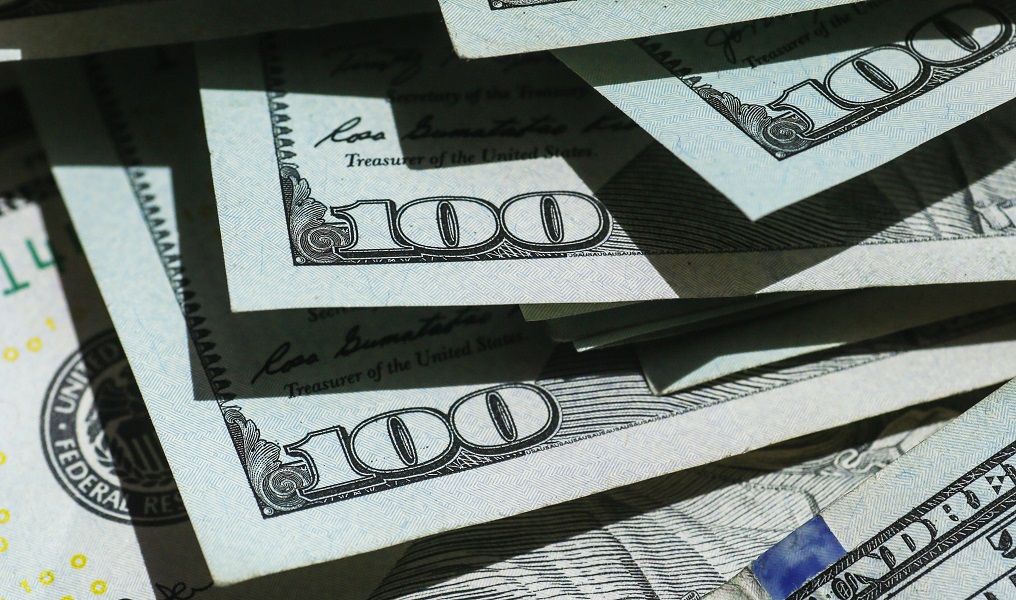A sinking fund is a great way of setting aside money before you need it. This allows you to access it when you have a non-emergency expense come up. You also give yourself more options when it comes time to make the purchase, as you won’t be limited by a tight budget. Setting up a sinking fund is a great safety net, as it keeps you within budget.
Setting Up Your Fund
If you don’t have money set aside for planned expenses, like a new roof or a replacement vehicle, now is a great time to start saving, especially if you know you have an upcoming expense. If you already drive an older vehicle, sooner or later, you will need to make a decision between continued repairs or a newer, more reliable vehicle. In the meantime, saving up for the purchase can prevent you from having to go into debt.
There are ways of saving money each month, but one way is by refinancing your student loan debt. A NaviRefi student loan refinance allows you to take on one debt to pay back the old one. It usually saves you money each month. Setting up the fund usually requires you to know how much money you will need. If it is for a medical expense, car repair, or other unknown expense, you will need to determine the amount you need without having all the information. You can estimate the costs and then add more money as needed.
Types of Accounts
If you want to stay on top of your money it’s a good idea to have this fund in a more liquid account that you can access within a few days. A certificate of deposit often has early withdrawal fees, so it would not be as good an option as a money market account would be. The goal you are planning toward will also determine the type of account.
If you are saving for a new roof next year, you may be able to put it in an account that is harder to access but that gives you a higher yield. On the other hand, if you know you will need new tires by the end of the year, you may want to look into high-interest money market or savings accounts. It’s best to avoid riskier investments, such as the stock market, for this type of money. If you need a higher interest rate, you may want to look beyond the local bank.
Emergency Savings vs. Sinking Fund
A sinking fund is for your planned expenses. If you know you will need a medical appliance that insurance won’t pay for, you can use your sinking fund. On the other hand, an unexpected bill, such as a car repair, can be covered by the emergency savings account. While you might be great at sticking to your budget and saving a little each month, you may want to consider adding a sinking fund if you don’t have one already. It allows you to stay focused on your goals.
